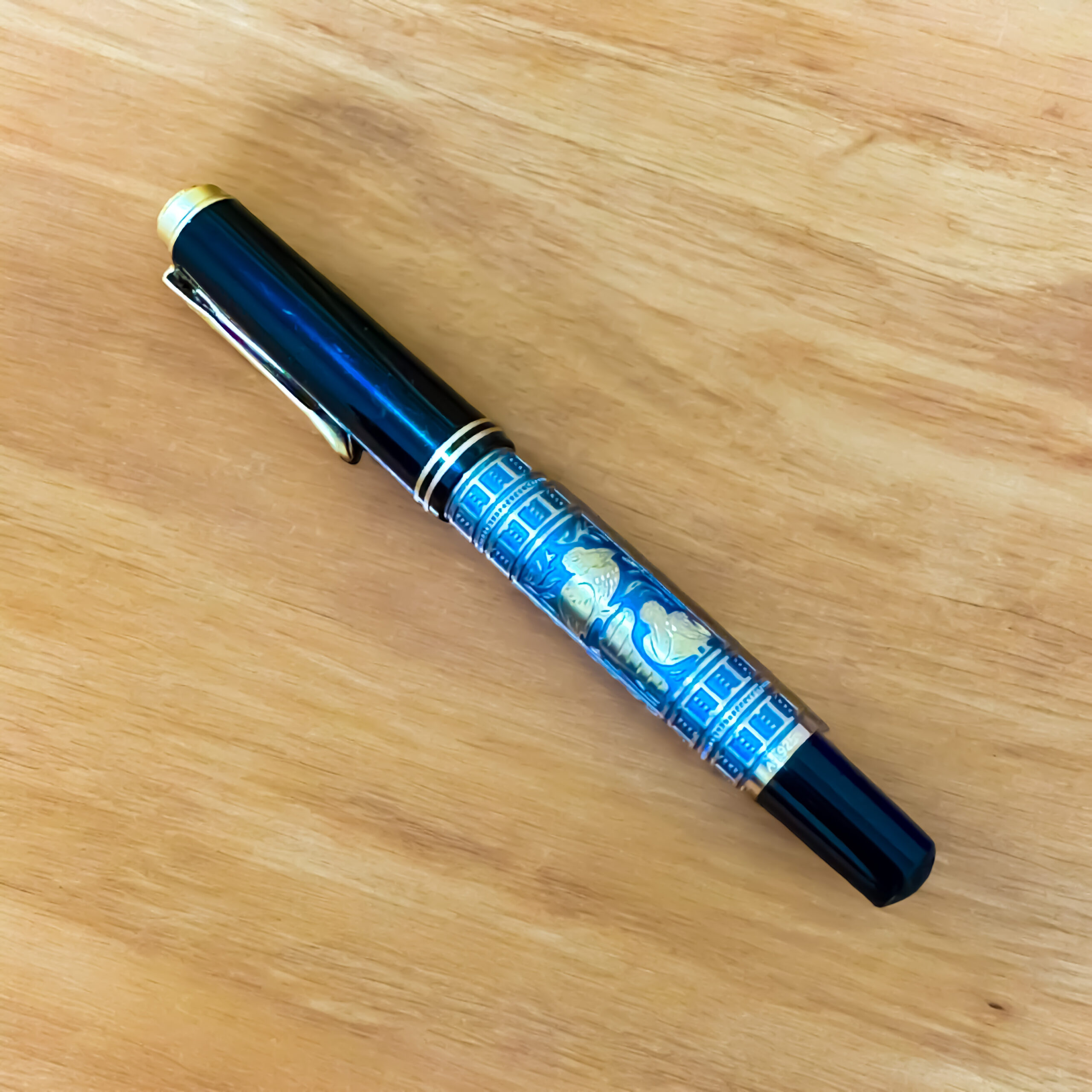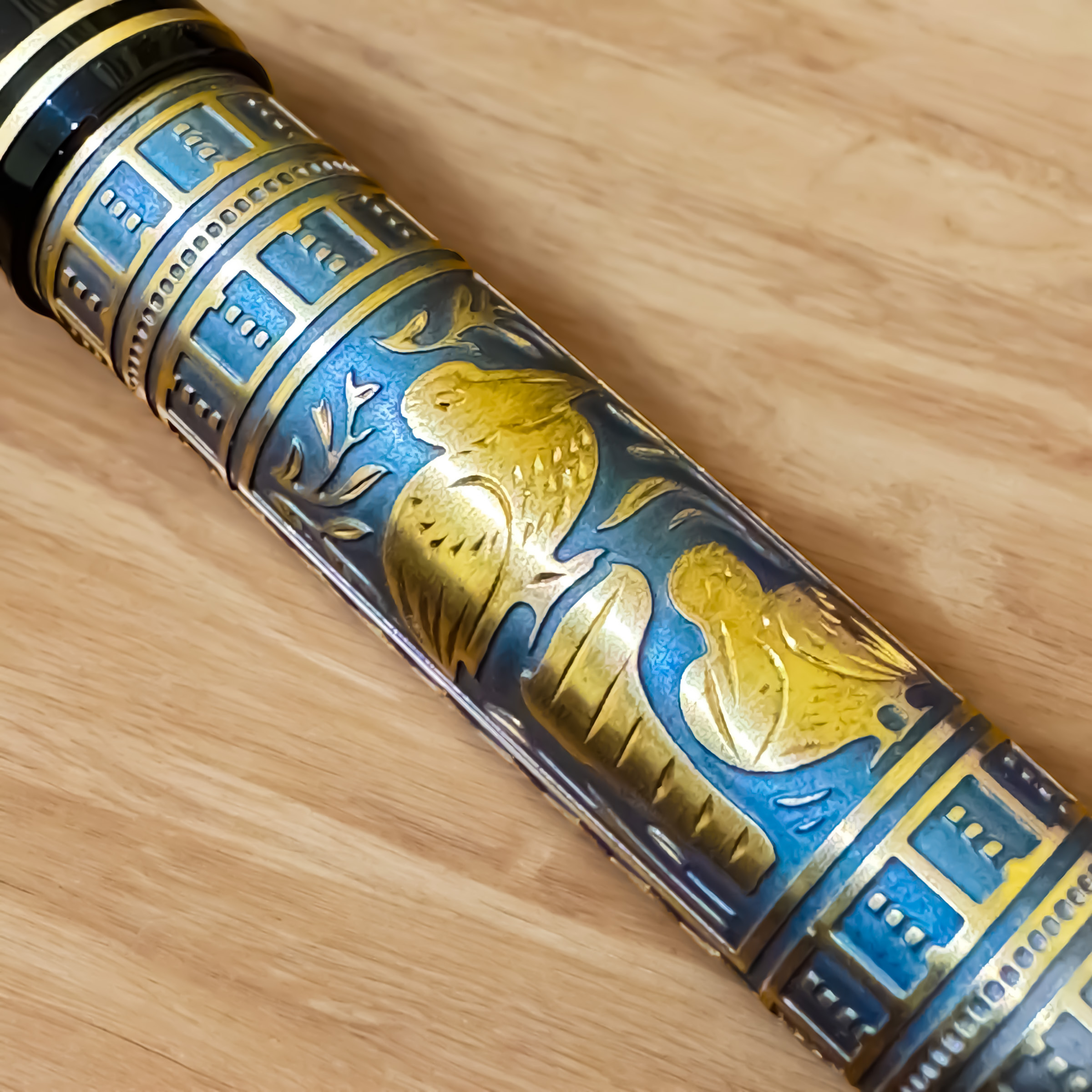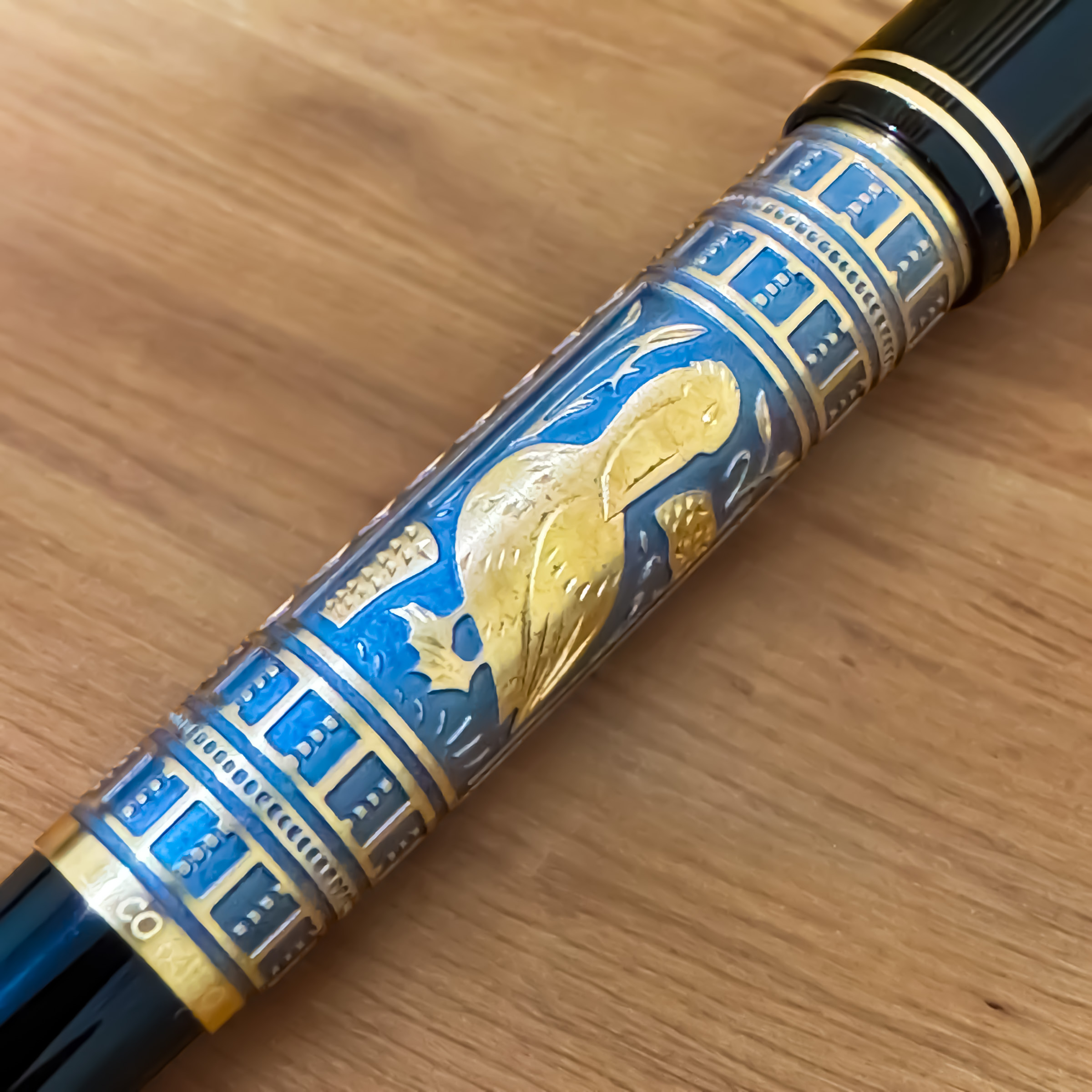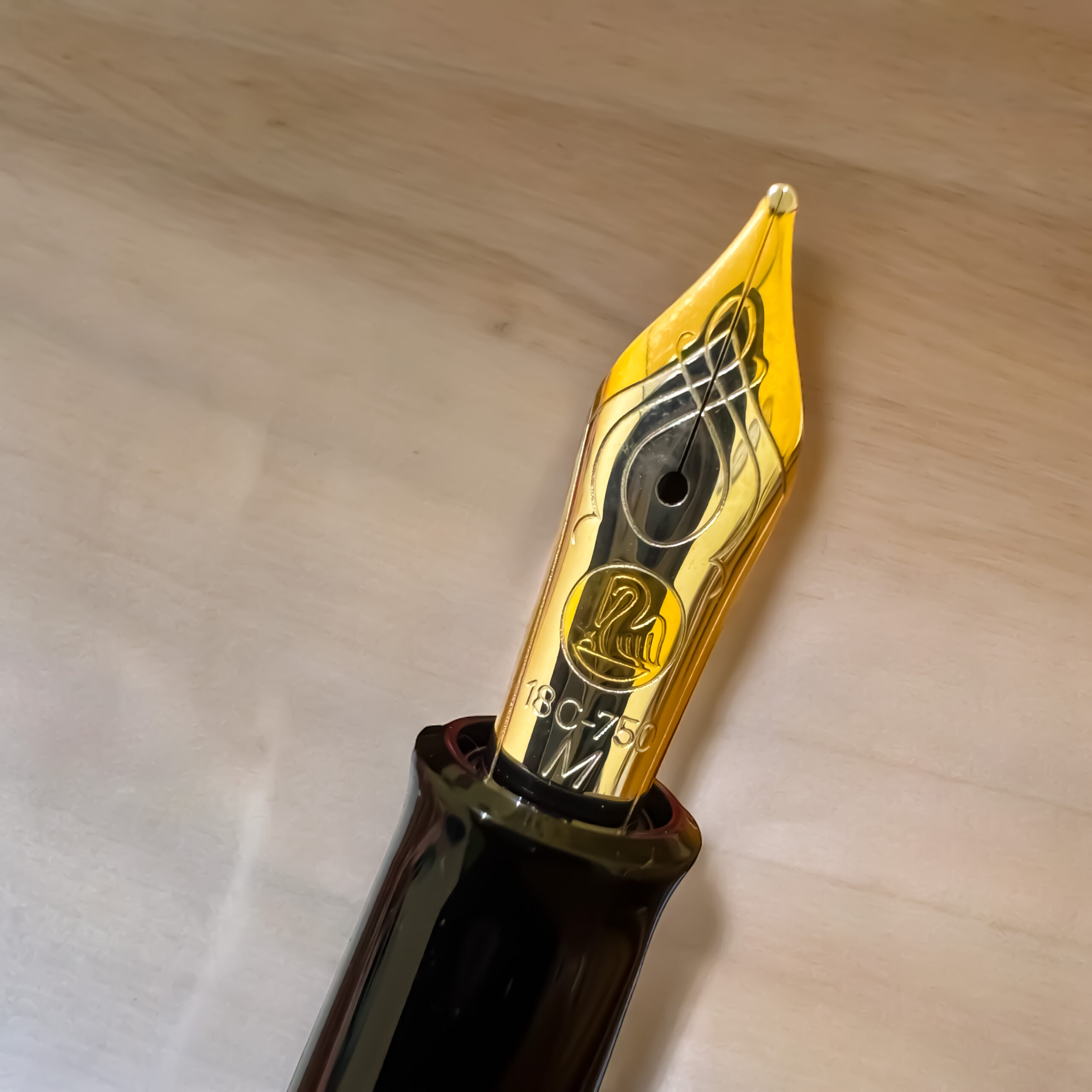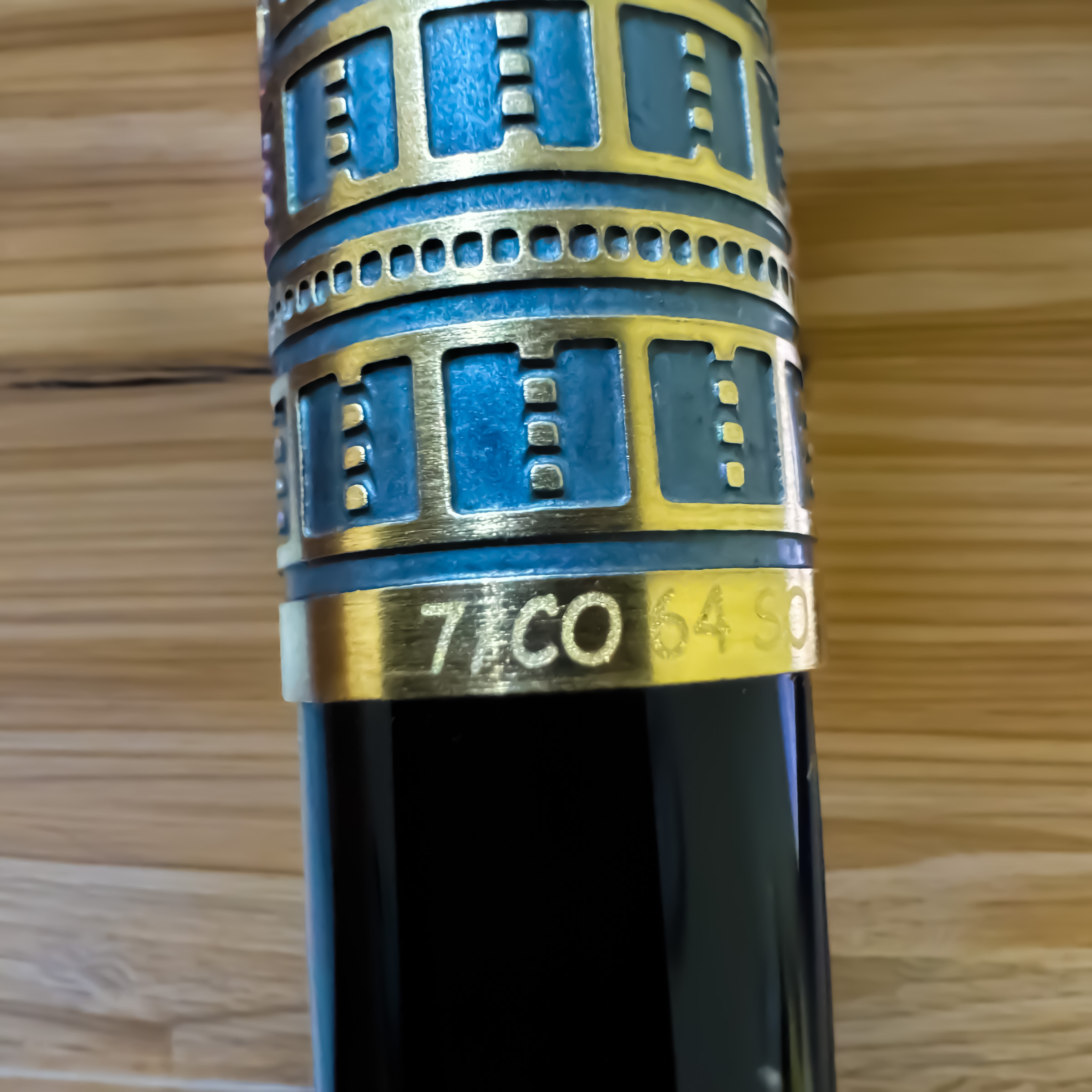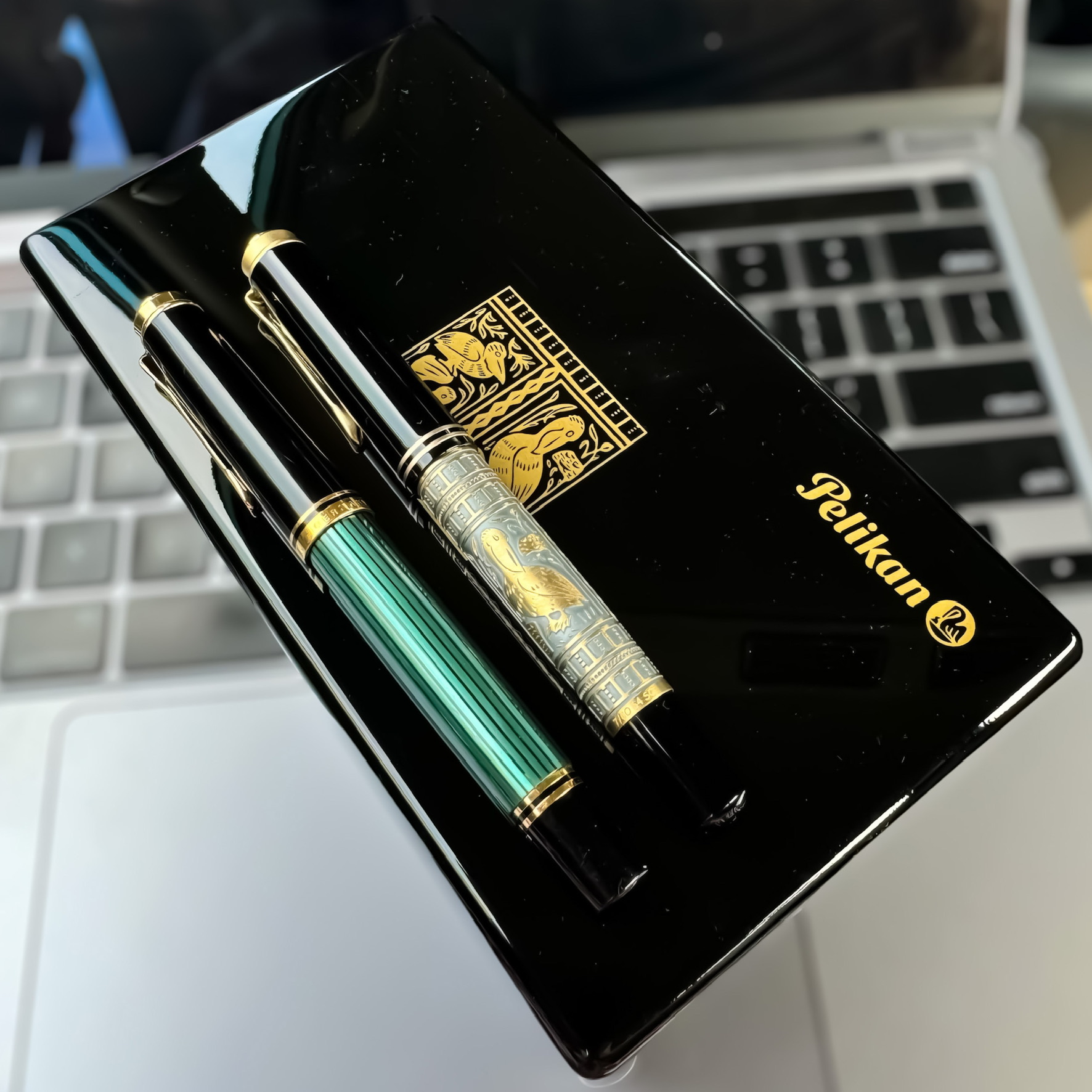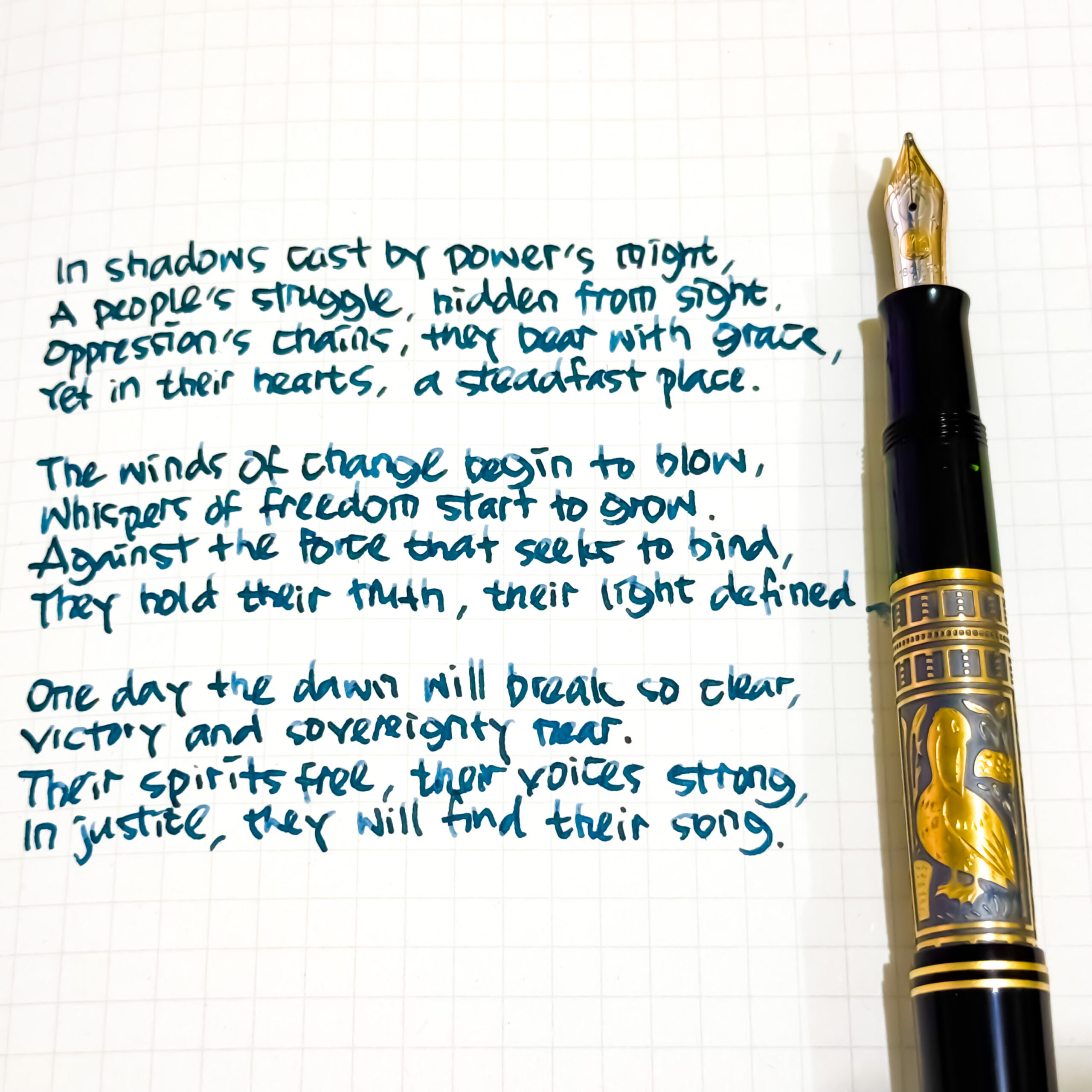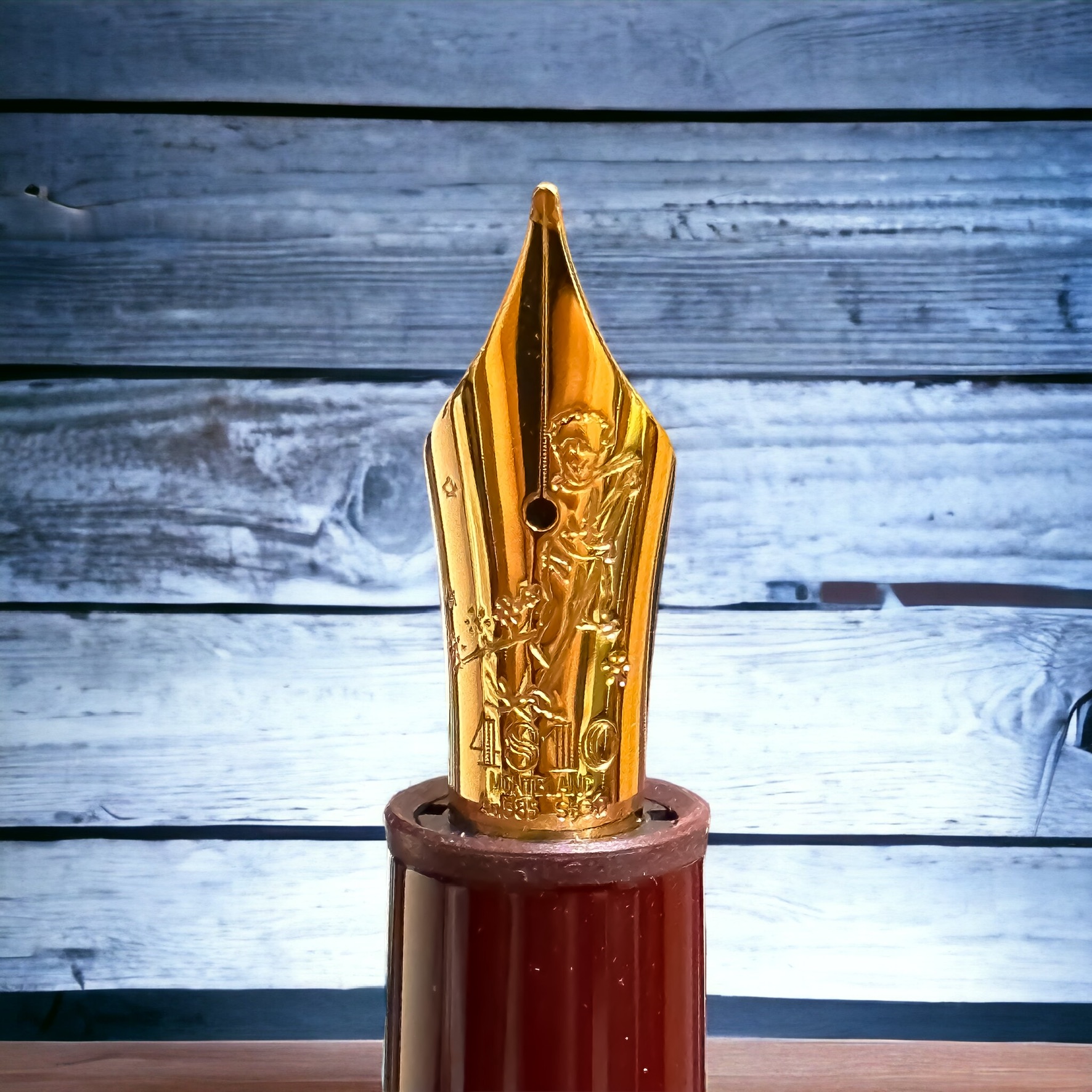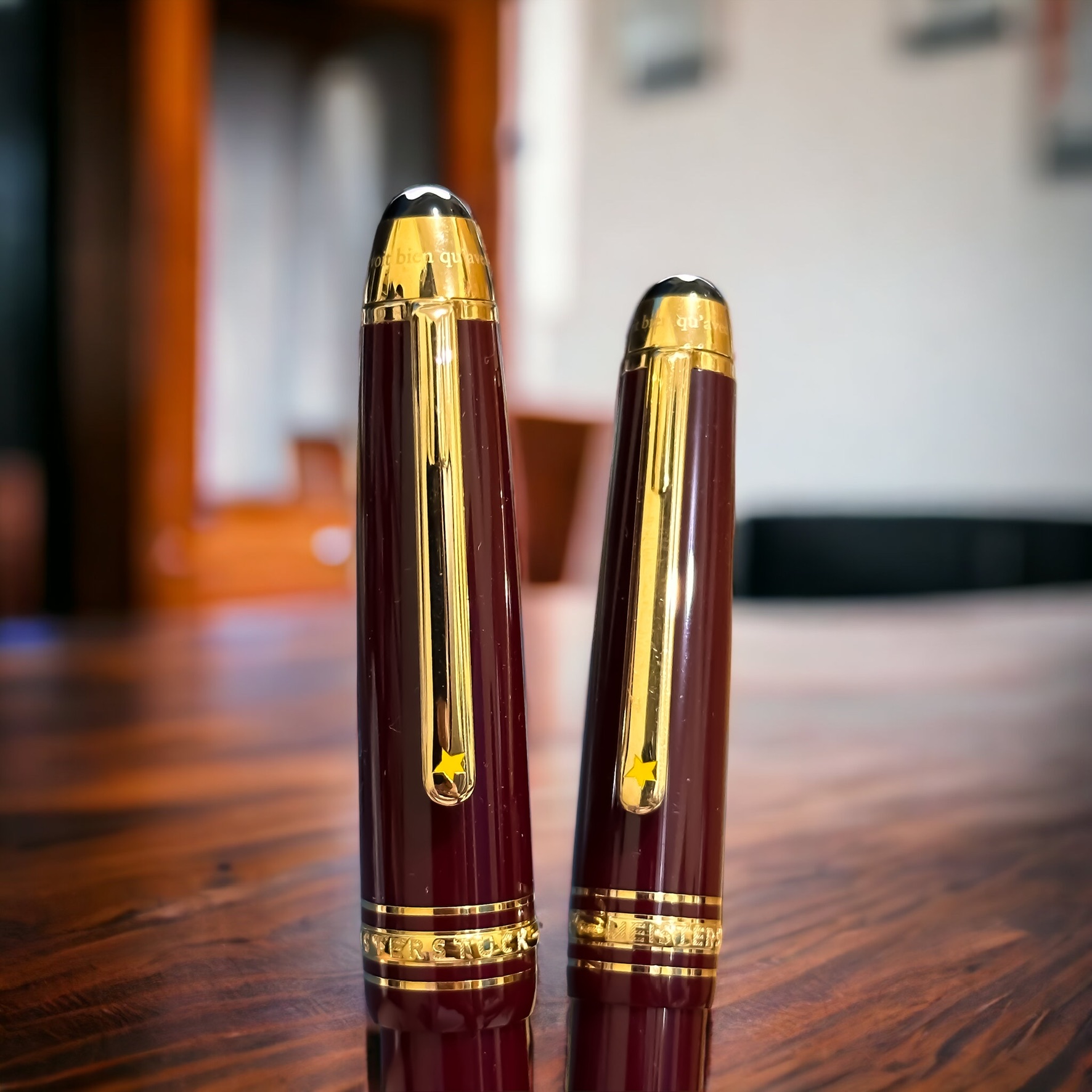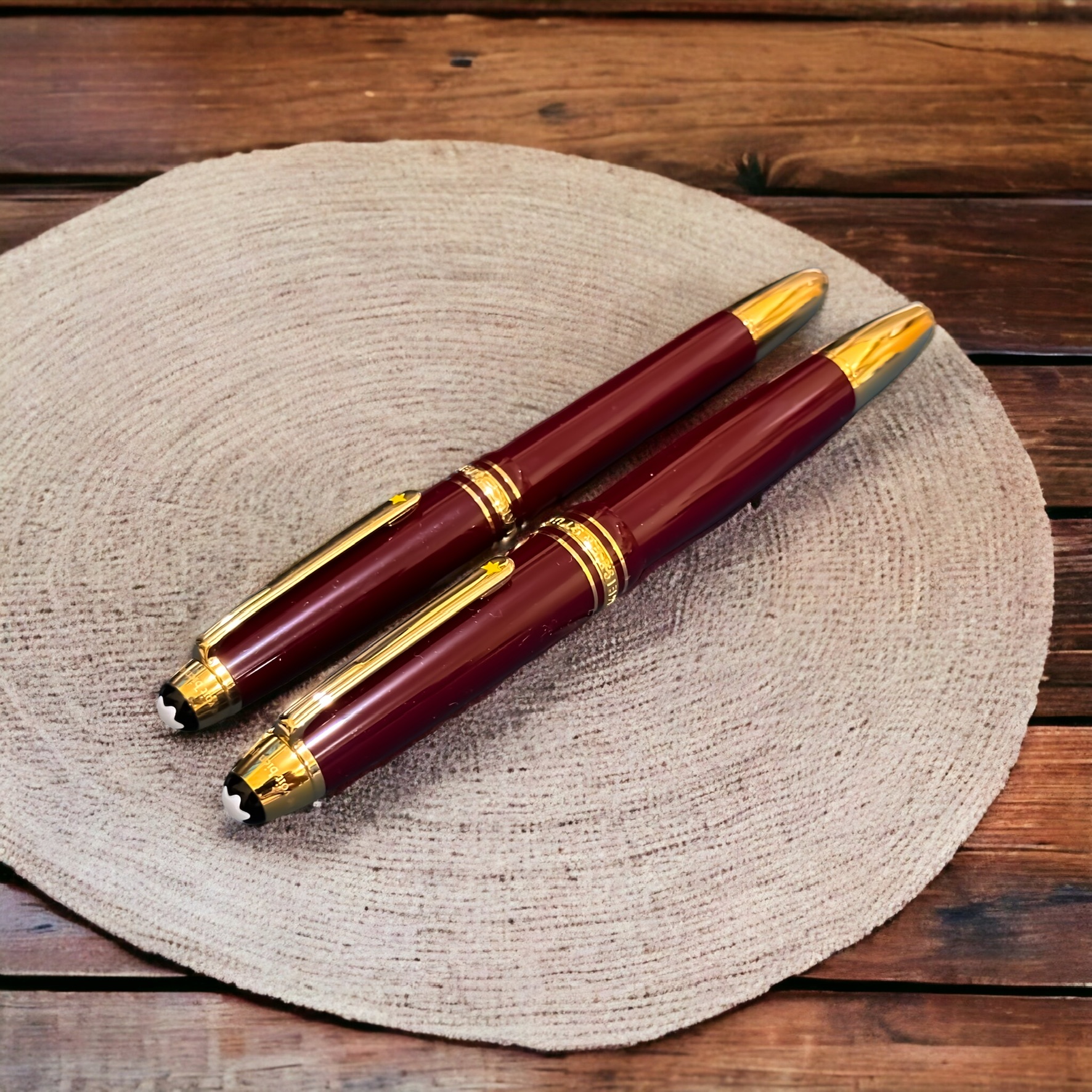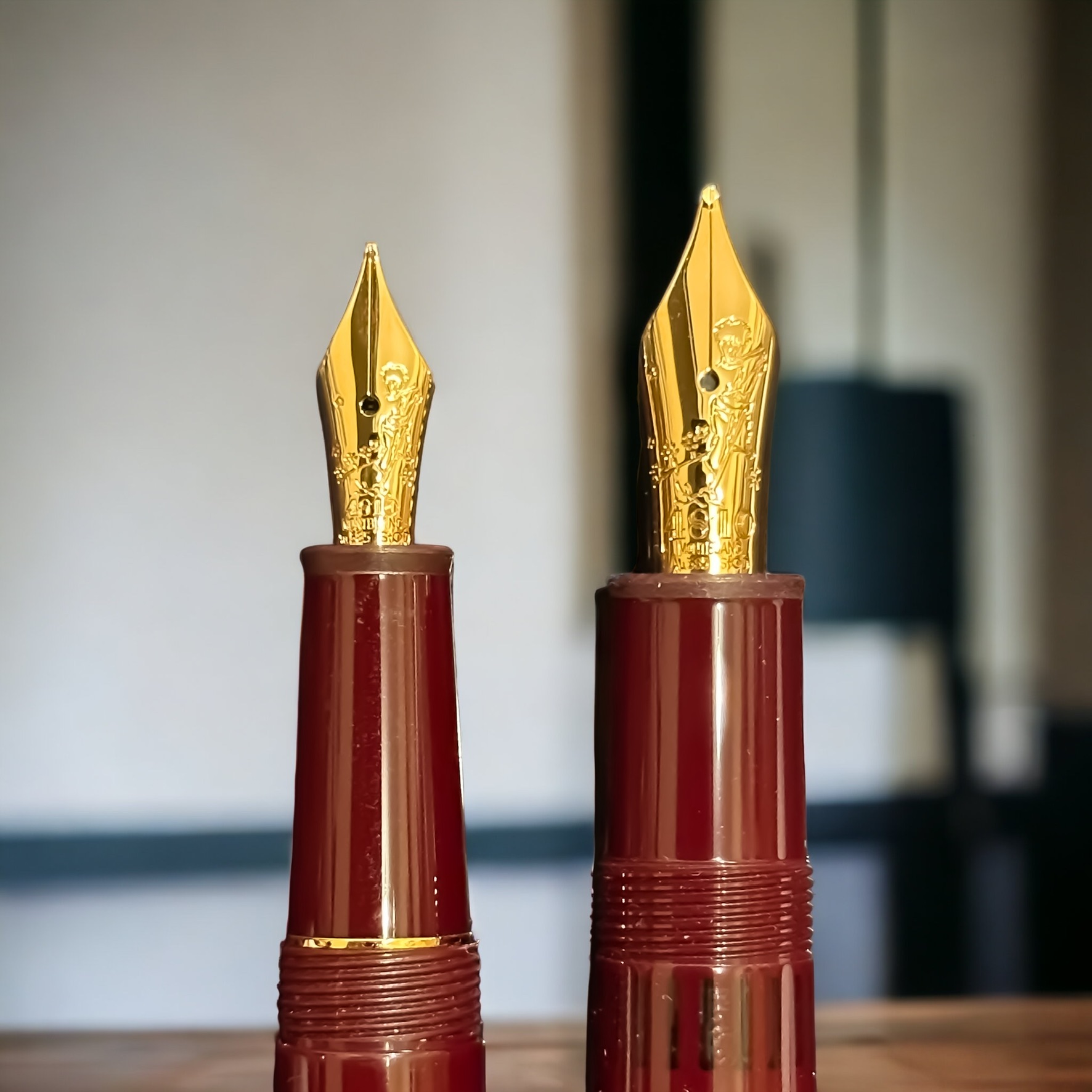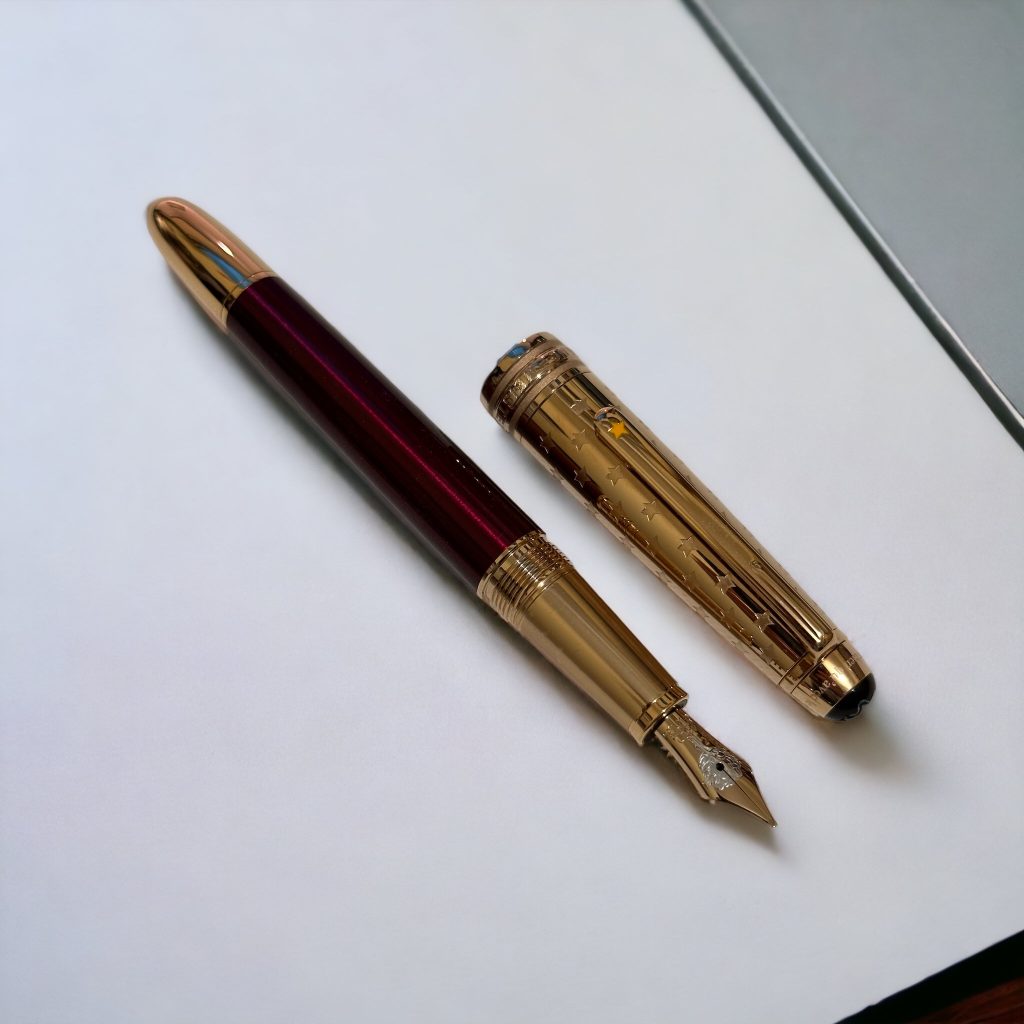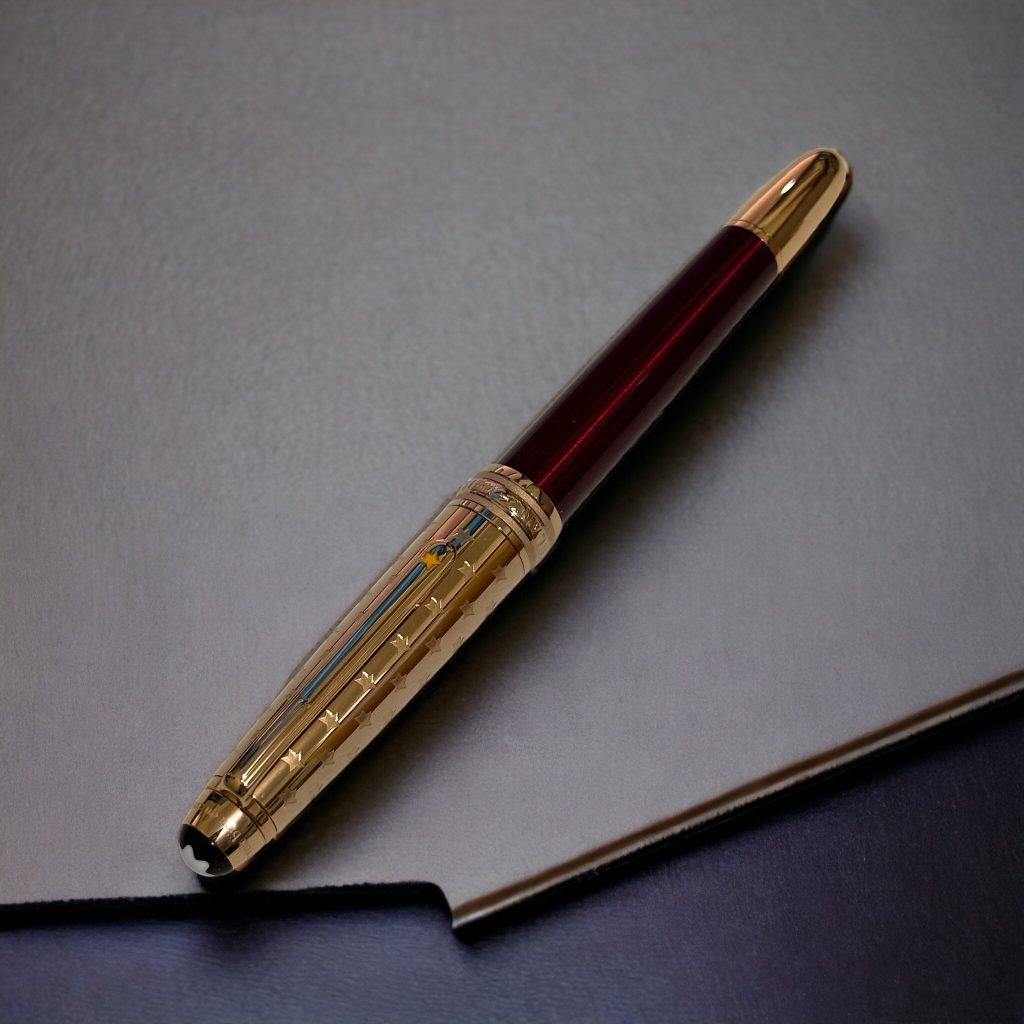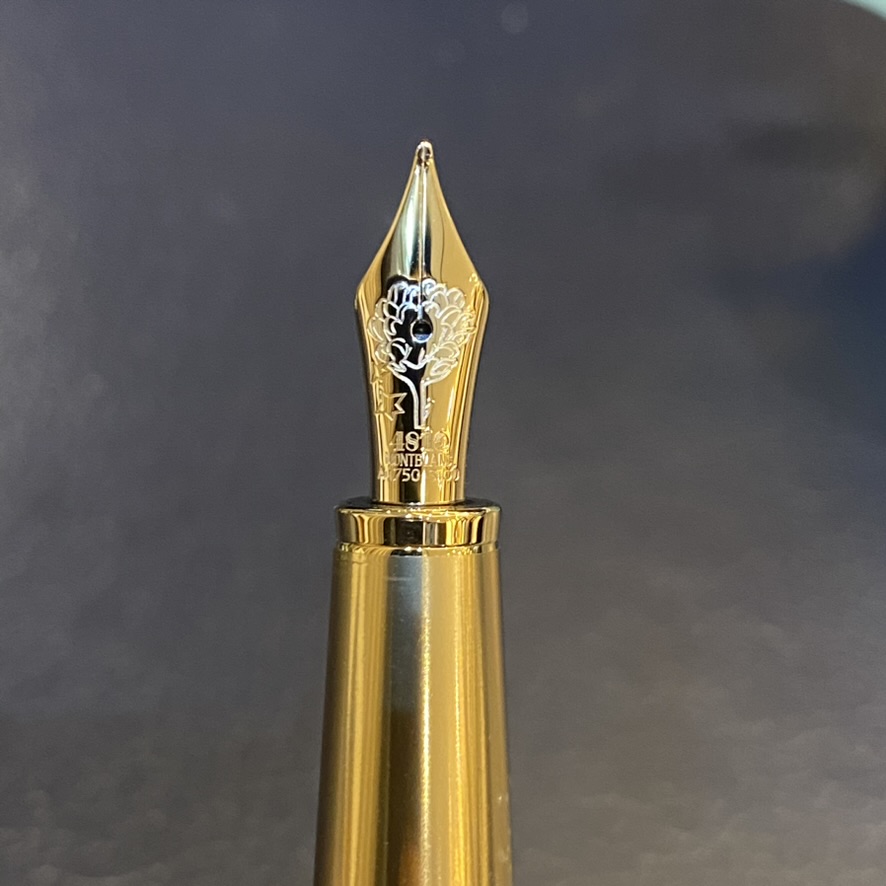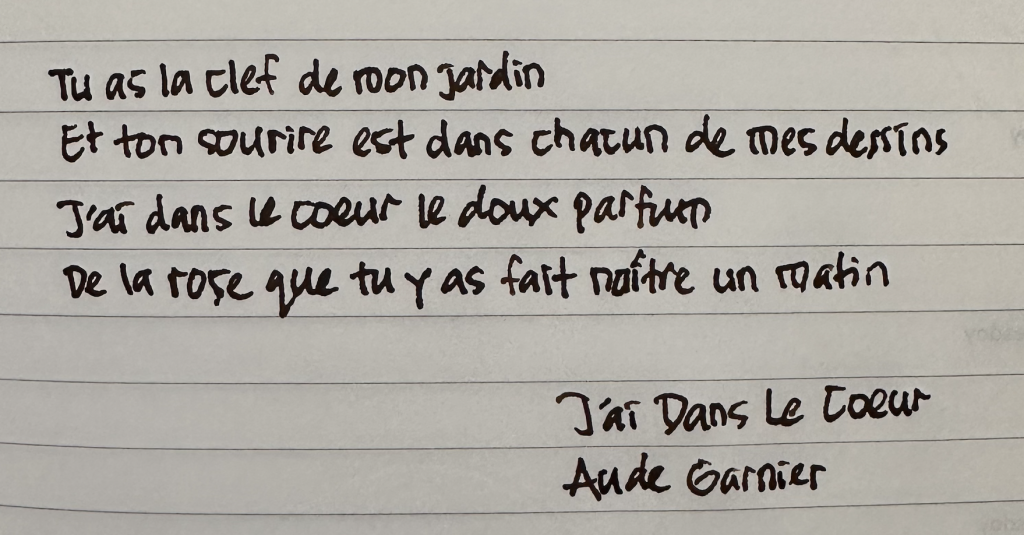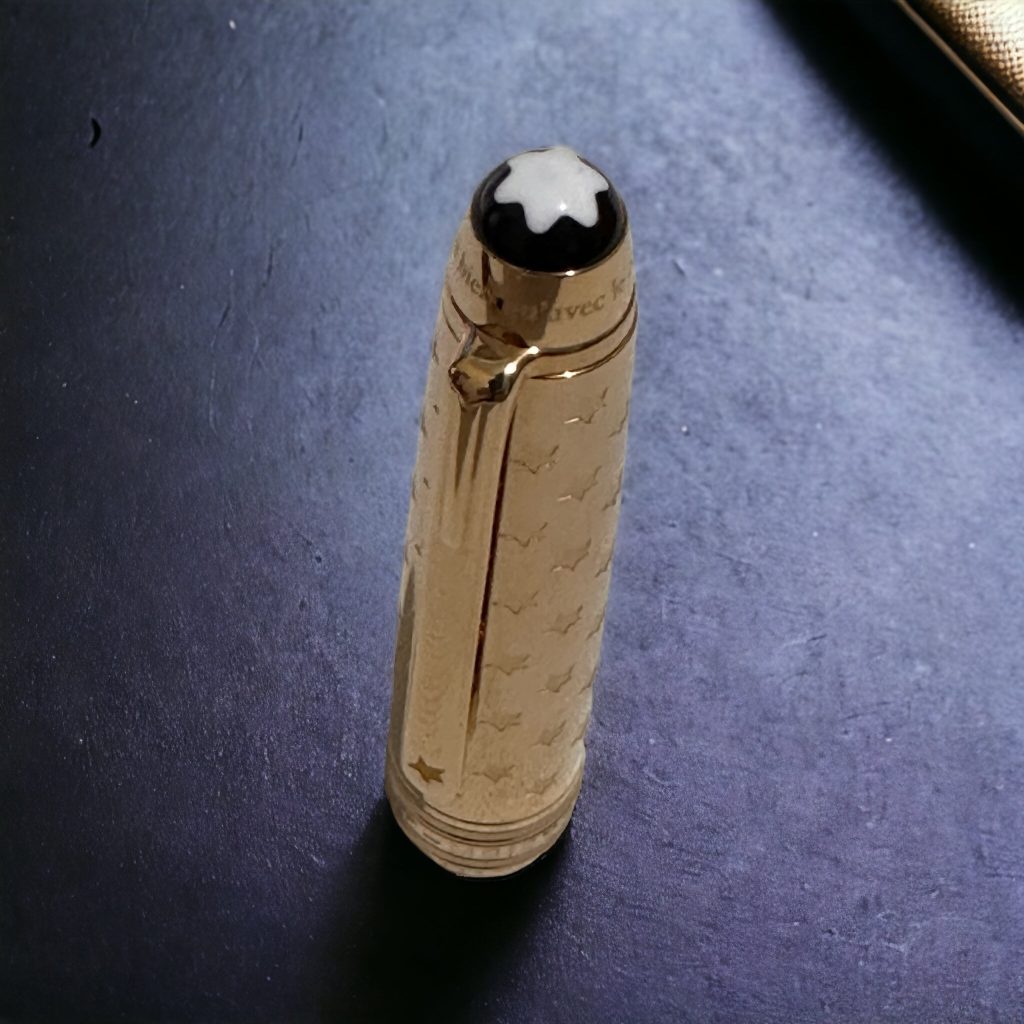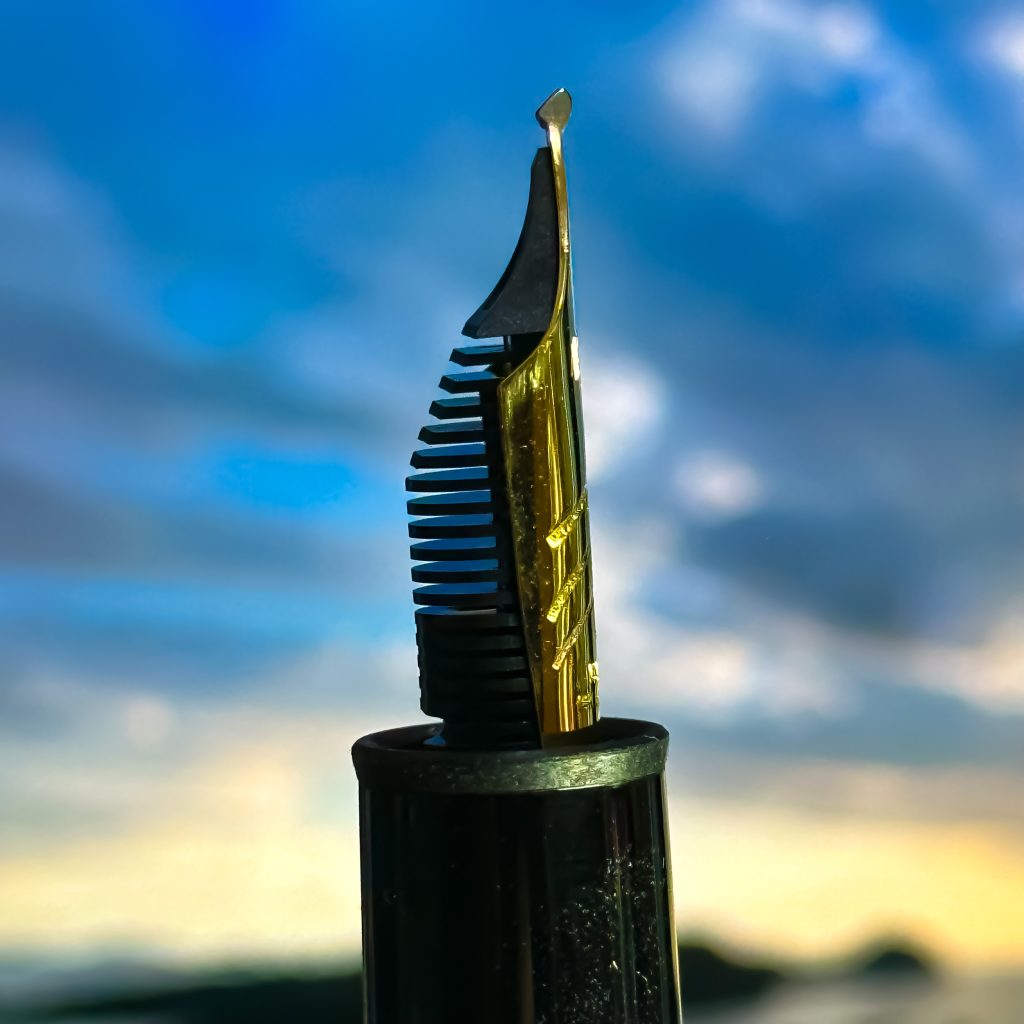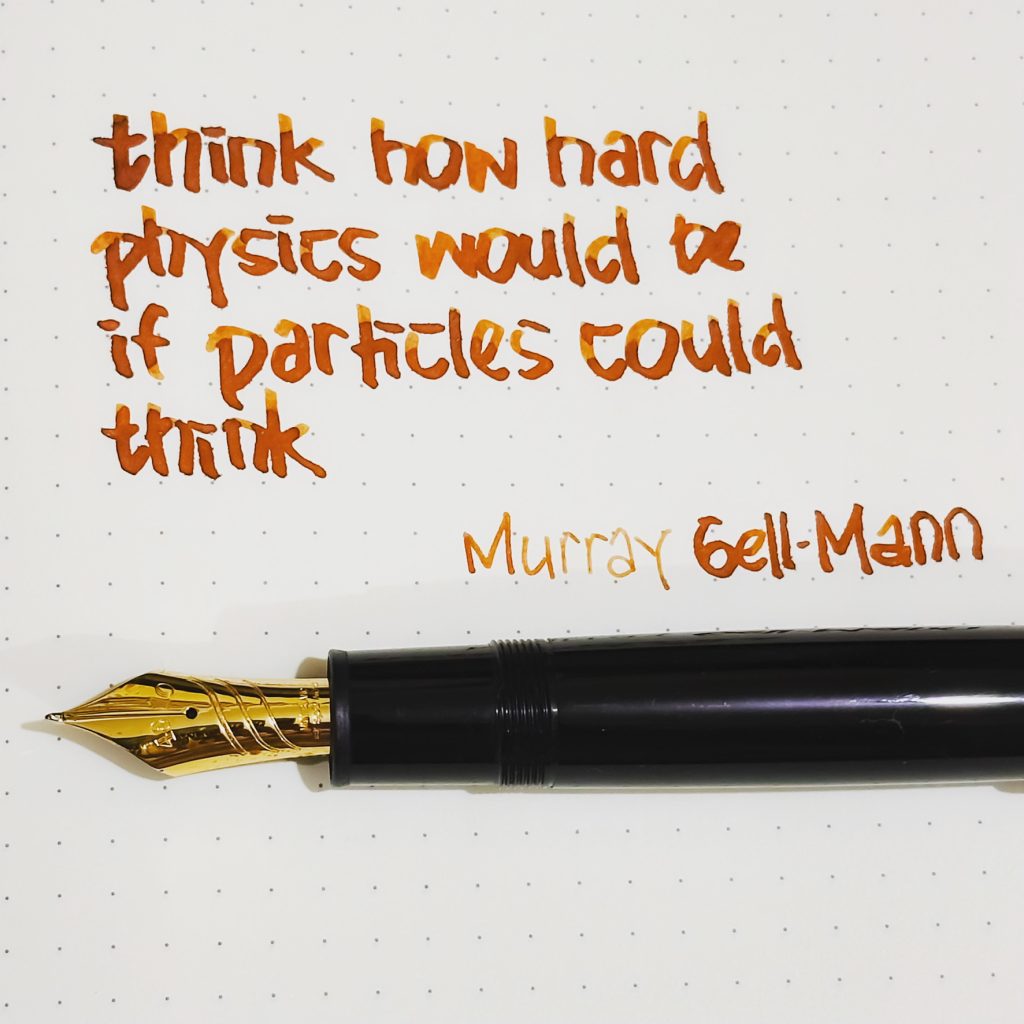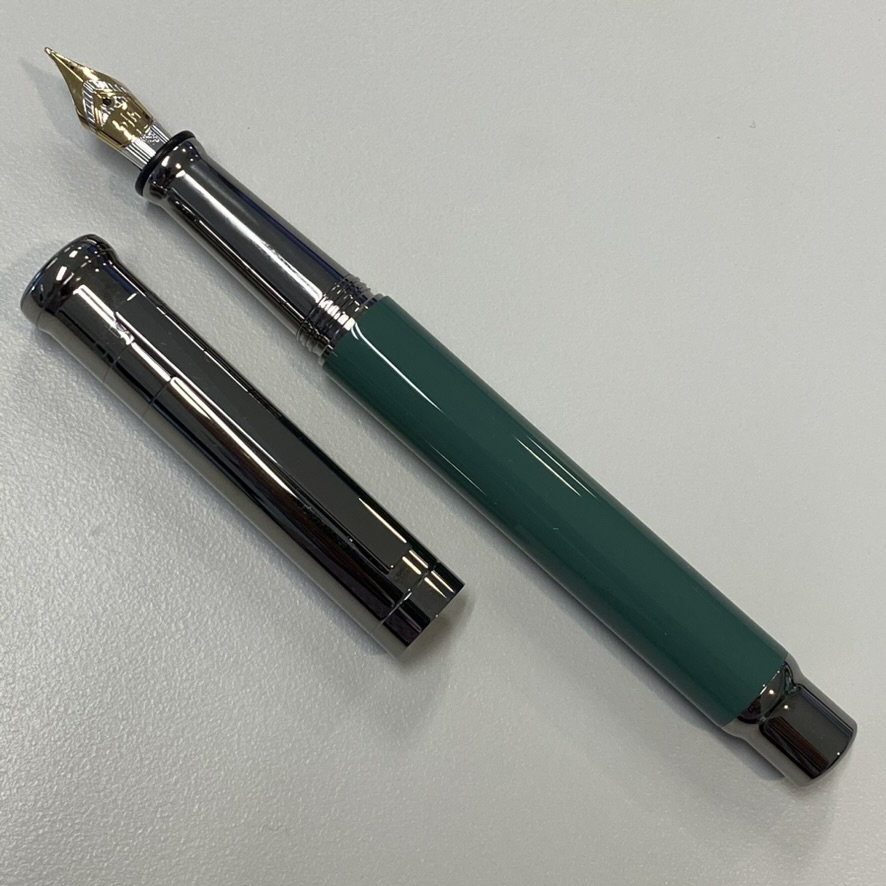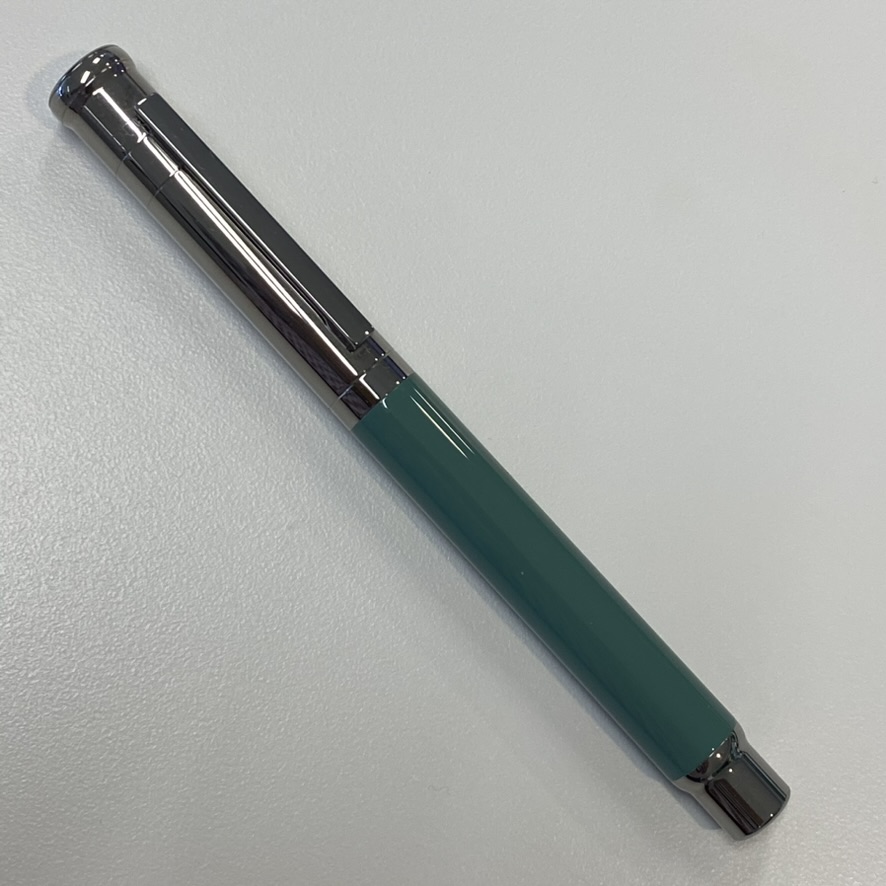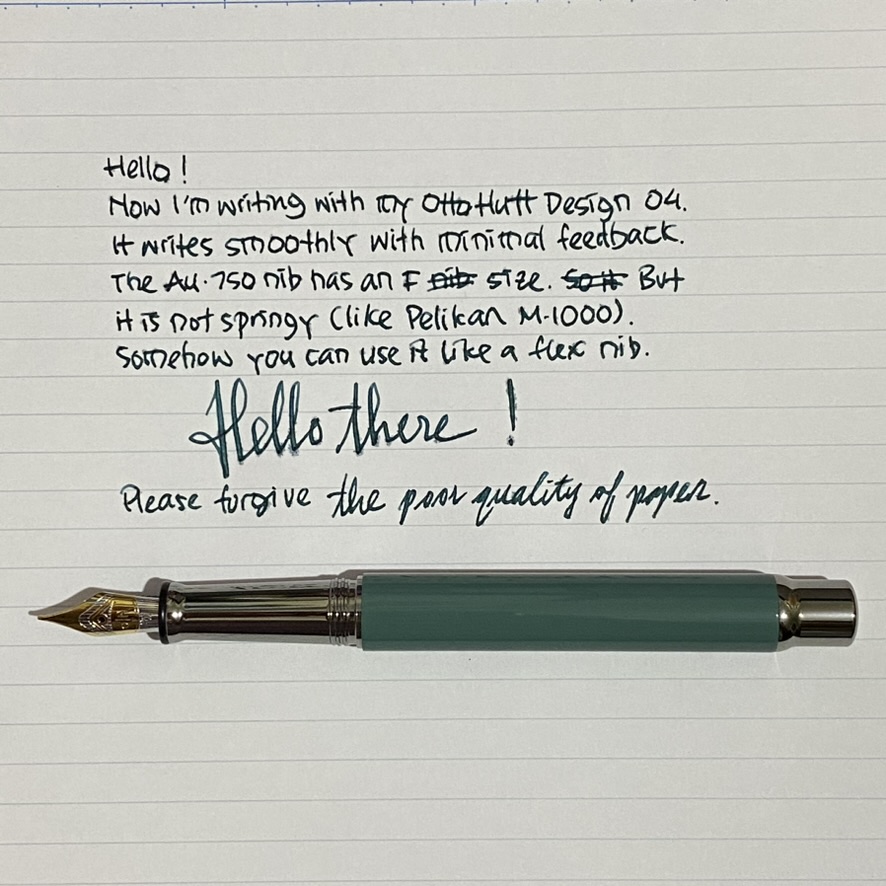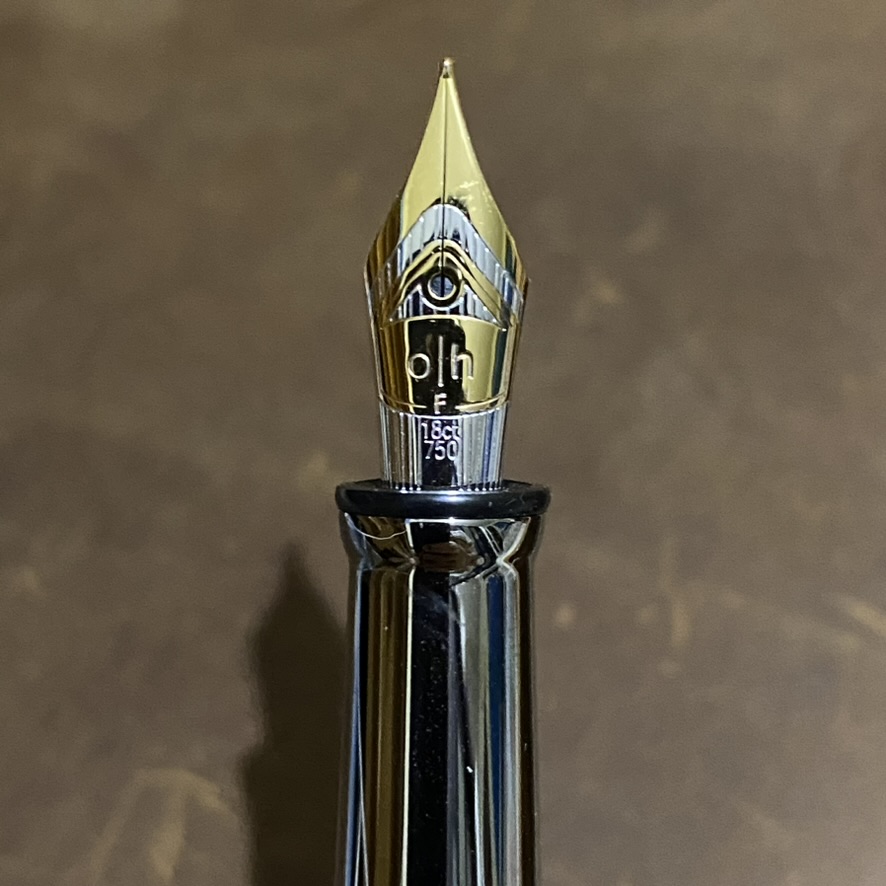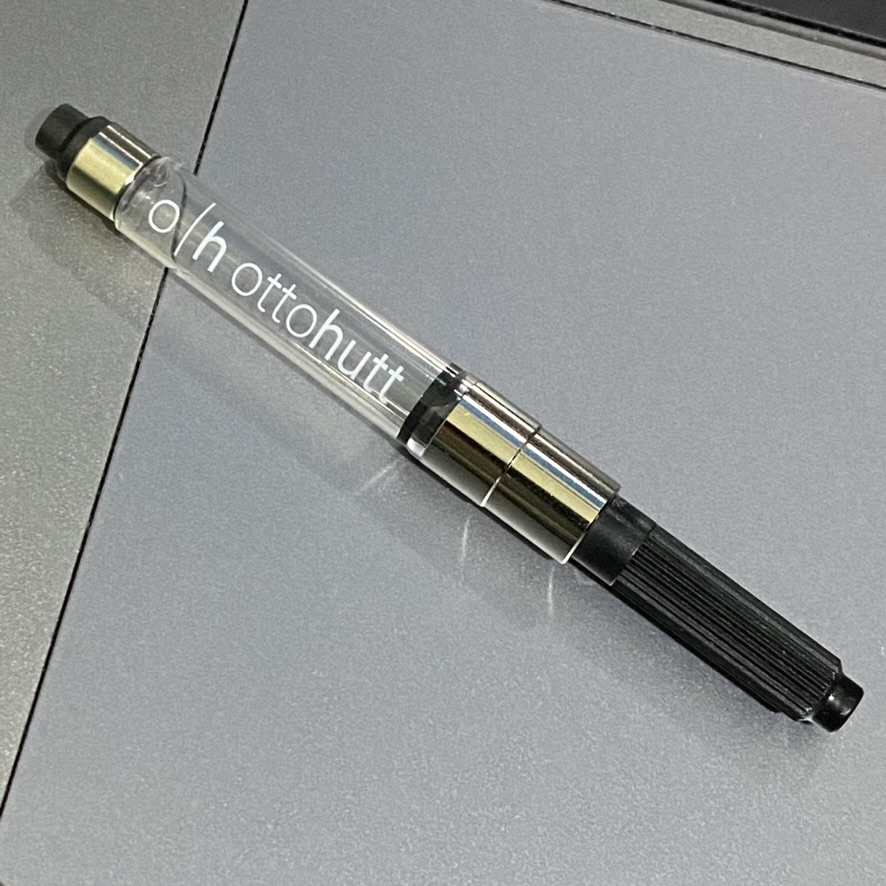The Montblanc Heritage Egyptomania fountain pen is a refined tribute to the enduring mystique of ancient Egypt—its geometry, its symbols, and its sense of permanence. Inspired by the design codes of the 1920s, yet with a distinctly modern execution, the pen pays homage to a time when egyptology captivated the world. This fascination, often referred to as egyptomania, surged after the discovery of Tutankhamun’s tomb in 1922, and Montblanc’s pen reflects this spirit not through overstatement, but with a quiet, intelligent elegance.
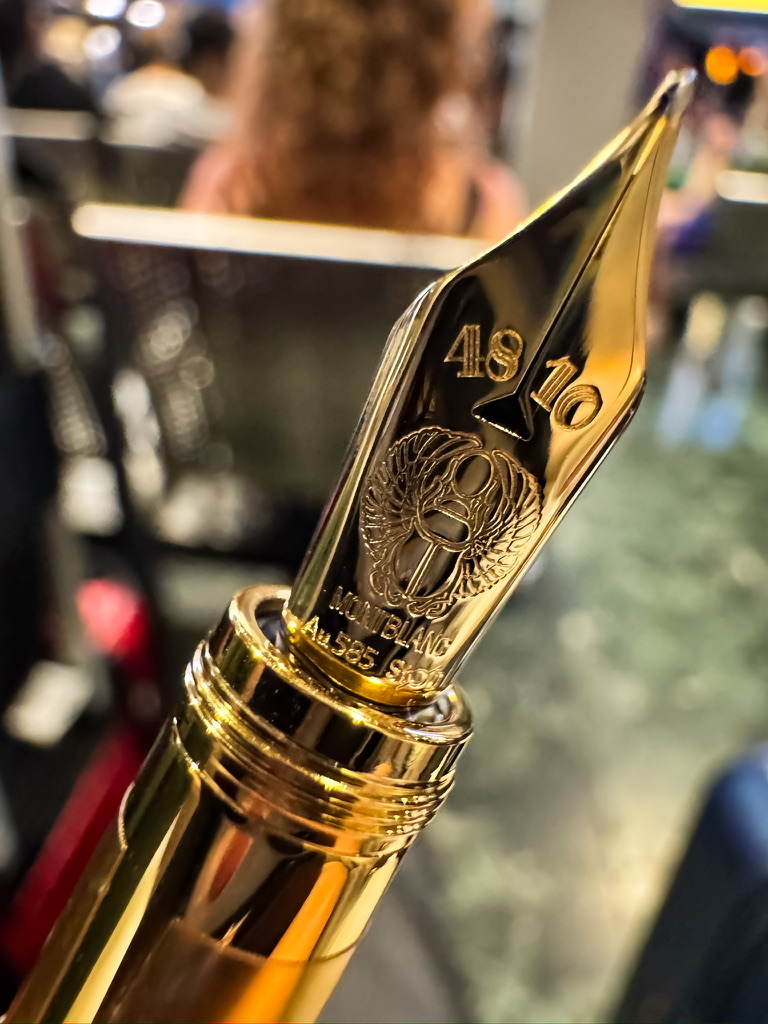
The pen’s cap and barrel are crafted from deep black resin, offering a pleasing weight and polish. The hardware is rendered in a warm bronze-coloured metal, subtly aged, which evokes the patina of ancient artefacts. The hieroglyphs engraved along the cap translate to “Montblanc” or more literally, “white mountain”, but unlike Montblanc’s usual bright white star emblem, the logo here is simply engraved into the bronze cap top—unobtrusive, respectful to the overall aesthetic, and perfectly in tune with the design’s restraint.
There is a symbolic richness in every detail. The clip is shaped like a stylised scarab beetle, one of the most iconic and spiritually resonant symbols in Egyptian iconography, representing renewal, rebirth, and the protection of the sun god Ra. On the Au750 solid gold nib—mine in a Fine size—Montblanc has engraved the crook and flail, the traditional regalia of the pharaohs, once held across the chest of Tutankhamun in his golden death mask. These motifs are not arbitrary; they reflect an intentional alignment with the core Egyptian values of wisdom, leadership, and eternity—elevating the pen from a writing tool into a portable emblem of timeless power.
While its aesthetics are rich with meaning, the pen is also remarkably functional. Its slender profile makes it suitable for daily writing, and the Fine nib offers a precise, smooth stroke—ideal for taking notes in meetings, outlining concepts, or writing down structured thoughts, including technical ideas and programming logic. The piston filling mechanism, hidden within the resin body, is reliable and offers a generous ink capacity for those who write extensively. What I appreciate most is the feeling of balance in the hand—the pen sits firmly but lightly, never slipping, never fatiguing.
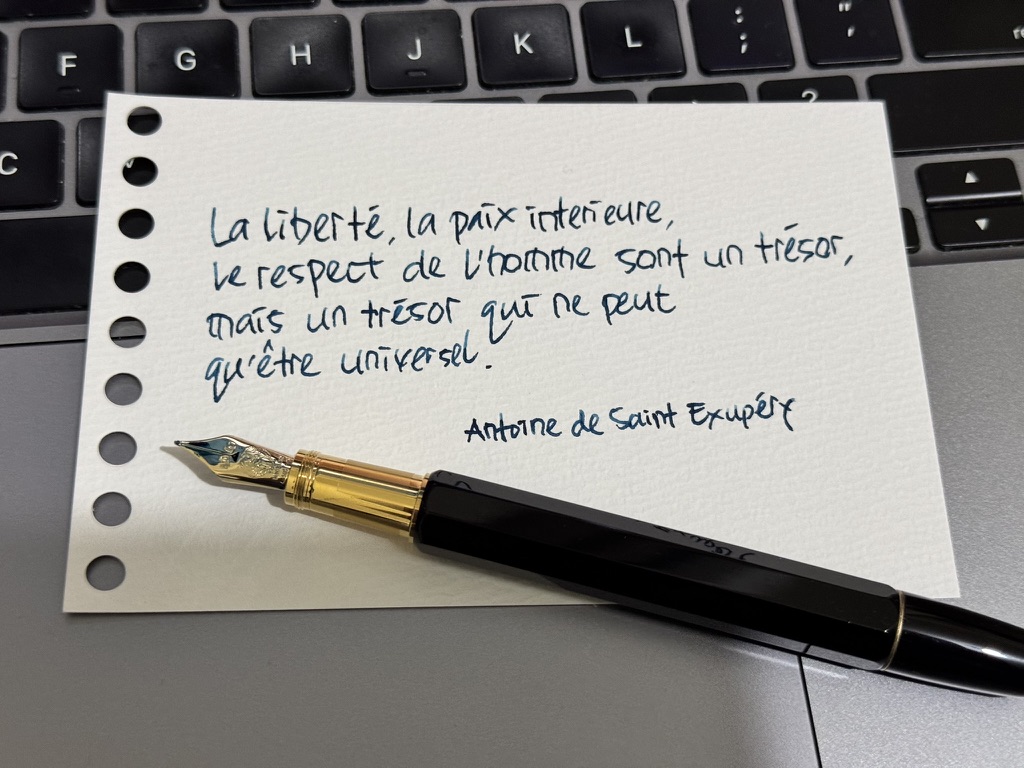
I chose this pen not because of its ornamentation, but rather for its clarity of design. It represents the kind of simplicity I value deeply—where nothing is unnecessary, and every line has purpose. The black and bronze colourway is both elegant and subtle, conveying seriousness without ostentation. The small hieroglyphic engraving feels like a secret shared with the past, and the absence of bright logos keeps the focus on the pen itself. I picked it up at Harrods in London, June last year. An indulgence, yes, but a meaningful one — a modest gift to myself. Since then, the Egyptomania has remained a constant companion in my work and travels. It feels less like an object and more like a fragment of a larger story—where the wisdom of the past meets the craft of the present, and where every stroke of ink connects thought, hand, and history.

